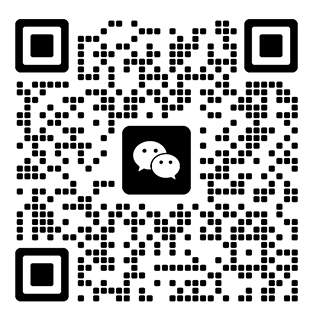What is an oscilloscope?
484An oscilloscope is a test instrument used to capture and display a graph of the waveform of an electrical signal over time. For example, it can graph voltage (y-axis) versus time (x-axis) on its display. Oscilloscopes are powerful tools for designing and testing electronic equipment. They play a very important role in determining whether system equipment components are working properly and which components are malfunctioning. They...
View Full Version Comprehensive test and measurement service provider-Shenzhen Weike Electronic Technology Co.
Comprehensive test and measurement service provider-Shenzhen Weike Electronic Technology Co.


Hello!sign in